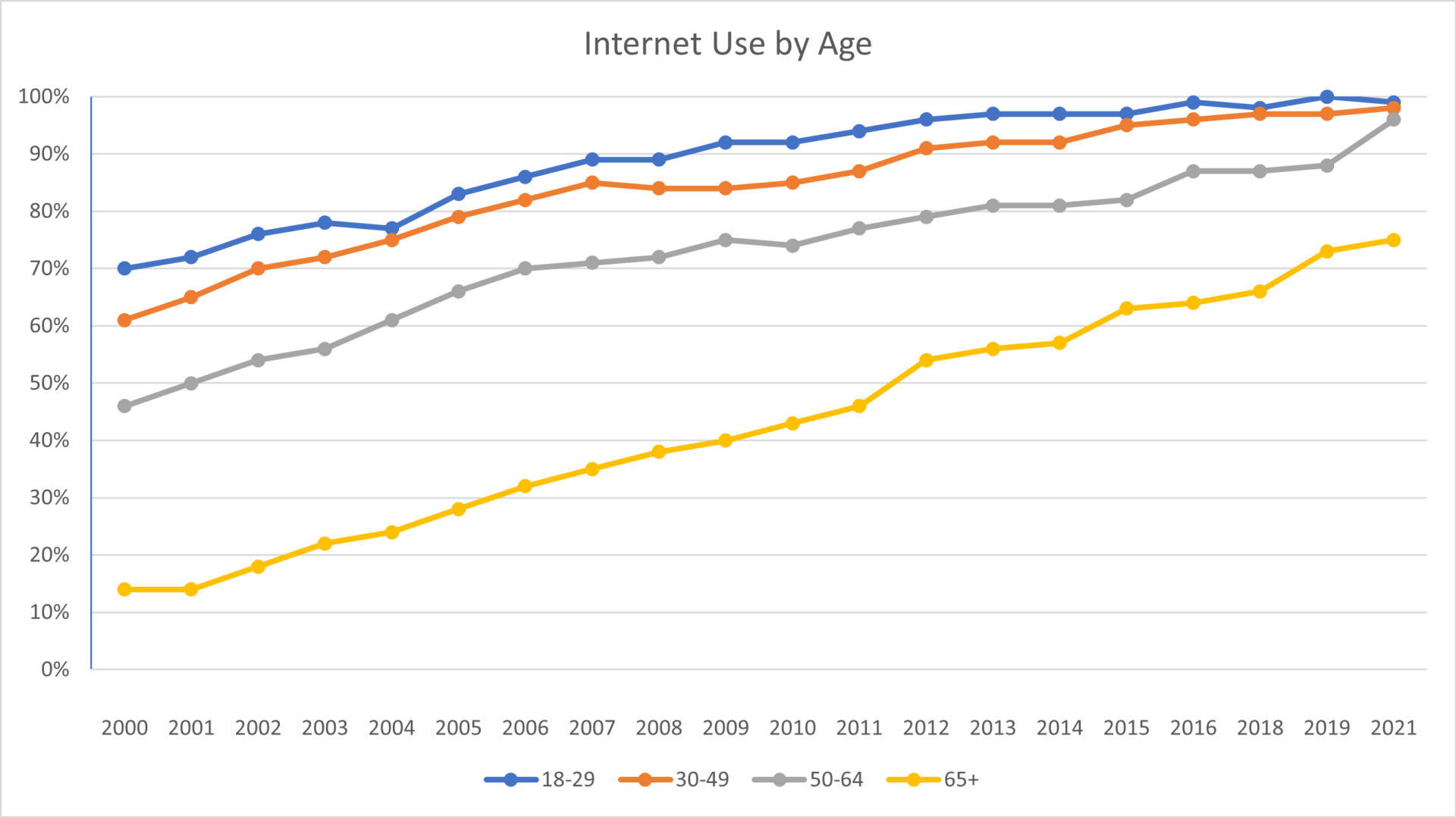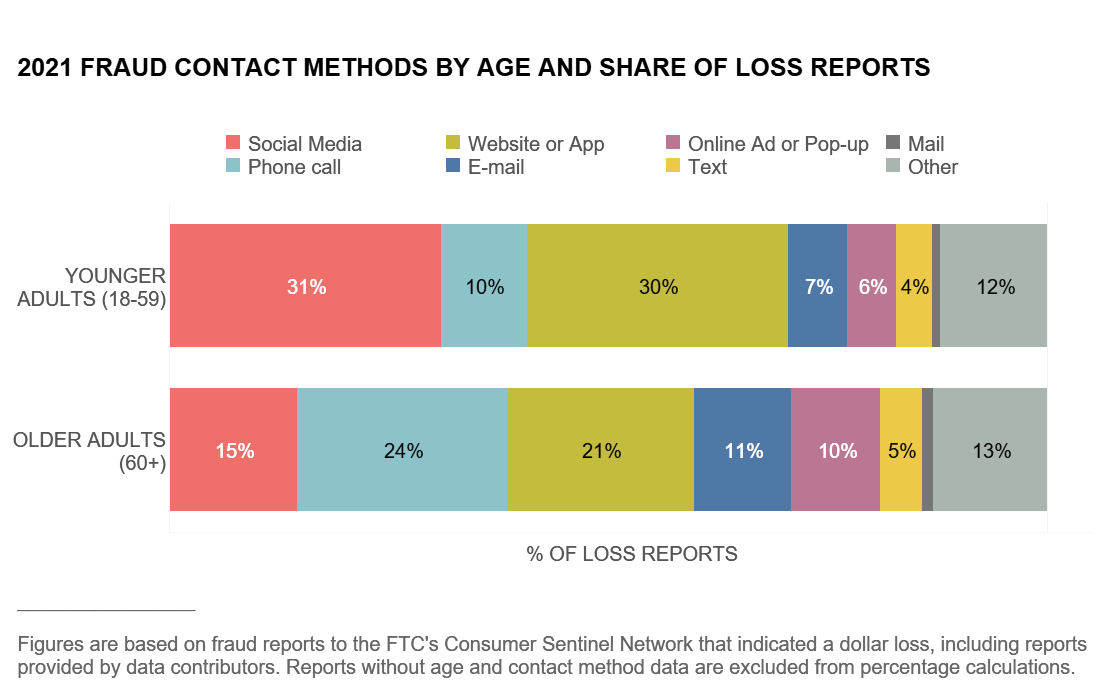By Megan Zaugg and Sydni Merrill

Generation Z and millennials are just as susceptible to scams compared to older generations, according to the Federal Trade Commission.
“Many people think scams mostly affect older adults. But reports to the FTC’s Consumer Sentinel tell a different story: anyone can be scammed,” a news release published Dec. 8, 2022 by the FTC said.
So far in 2023, FTC data shows that 20 to 29-year-olds have lost a median of $500 to fraud, which is the same median dollar amount ages 30-39, 40-49, 50-59 and 60-69 have lost.
Gen Z, born between 1997-2012, and millennials, born between 1981-1996, top the charts in internet usage, and the most common types of fraud these individuals encounter spawn from the internet. The FTC reported that most scams affecting 20-39 year-olds start with contact over social media.

“Younger adults reported losses to online shopping fraud — which often started with an ad on social media — far more often than any other fraud type, and most said they simply did not get the items they ordered,” the FTC news release said.
Top loss reports for people ages 20-29 in 2021 came from online shopping, followed by business imposters and then miscellaneous investments and investment advice.
In 2022, the FTC received 2.4 million reported scams that rounded out to nearly $8.8 billion in consumer losses. The most common scams included imposter; online shopping; prizes, sweepstakes and lotteries; investment-related reports; and business and job opportunities scams.

Nick Patterson, a sergeant in the Provo criminal investigations department, said that the majority of crimes that he sees within the Provo community are online, including frauds, forgeries and identity theft all facilitated through the internet.
He also warns against gift card scams, where someone posing as a member of a company will call asking for payment via gift card.
“If you get someone calling, saying, ‘hey I’m from the power company and you’re late on your bill. Go to the store, buy some gift cards and give them to us over the phone,’ that’s 100% a scam,” Patterson said. “You’re going to lose your money.”
Patterson said once the victim gives the person the gift card numbers over the phone or online, then the scammers withdraw the funds, and most of the time the money leaves the U.S. Once the money leaves U.S. borders, Patterson said there is nothing the police can do to get it back.
According to the FBI 2022 Internet Crime Report, phishing was the most common online crime, with more than 300,000 reported victims.
“Phishing is a type of online scam that targets consumers by sending them an e-mail that appears to be from a well-known source,” according to the FTC.
The scammer uses the consumer’s information to invade the victim’s accounts, open new accounts or sells the victim’s information to other scammers. The FTC warns to take extra precaution as phishing techniques are constantly being updated.
“Many college students reported that they were scammed after getting a message at their student email address about a so-called job opportunity,” the FTC said.
In 2022, Utah victims lost a total of $98,840,388 in online crimes, according to the FBI Internet Crime Report.
For victims in Provo, the Provo Police Department offers online crime reporting. The Utah Department of Public Safety also offers resources regarding cybersecurity online.




